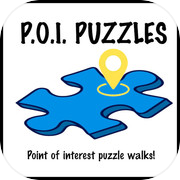Tesla's Puzzles of Lights
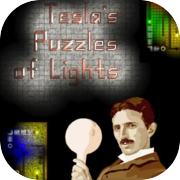
Tesla's challengeMr. Tesla has given you the unique opportunity to prove yourself worthy of becoming his student. During his time away from more meaningful tasks he has created light puzzles. Magnificent devices really. And equally challenging. In each puzzle it is your task to activate every light on the layout. Slide the lights along their rails and activate other lights by covering their sensors with light. You start with a single or a few lights lit and discover each puzzle along the way. Figure out how to place the lights, and sometimes in what order, to solve each puzzle.
The colors of the worldBeing the genius he is, Mr. Tesla has of course designed the puzzles to handle different colors of light. He has created sensors that require different light colors to become activated. Thus, you must find out where which light is needed and how you must place the lights to cover different sensors with the right light color. As an example, a sensor requiring purple light can be activated by placing a red and a blue light correctly.
In the spotlightSimple bulbs might get boring in the end. Therefore Mr. Tesla has also designed puzzles with cone lights, single or double. With these you won't cover the entire area around you in light but must choose where to point them. On the other hand, they cast their light slightly longer than ordinary lights. Careful examination of the surroundings can be critical with these types of lights.
The odd onesTo make things even more interesting there are some special sensors, that just don't work as the normal ones. Instead of requiring a specific light color they can be activated by any light color. On the other hand, the color of the light lit by that sensor is linked to the light color on the sensor, either the same or the opposite. This gives you a whole lot more options and thus makes the puzzles even more challenging.
Open SesameWhy just slide the lights around? In later levels Mr. Tesla has designed sections of the walls so that you can move them. You will be required to slide these around to control where light can flow (and where it cannot...). If the sensor of a wall section is deactivated the wall starts moving back towards its starting position.
Are you bright enough?All in all, the concept is easy, but the solutions are often hard to find. In what order do you move the lights? Which light goes where? What sensor do I need to activate first? How can I move this light without losing coverage on this sensor? Simply put, are you bright enough?
* DISCLAIMERThis game is purely fictional. The puzzles in this game were not designed by the real Nikola Tesla.
The colors of the worldBeing the genius he is, Mr. Tesla has of course designed the puzzles to handle different colors of light. He has created sensors that require different light colors to become activated. Thus, you must find out where which light is needed and how you must place the lights to cover different sensors with the right light color. As an example, a sensor requiring purple light can be activated by placing a red and a blue light correctly.
In the spotlightSimple bulbs might get boring in the end. Therefore Mr. Tesla has also designed puzzles with cone lights, single or double. With these you won't cover the entire area around you in light but must choose where to point them. On the other hand, they cast their light slightly longer than ordinary lights. Careful examination of the surroundings can be critical with these types of lights.
The odd onesTo make things even more interesting there are some special sensors, that just don't work as the normal ones. Instead of requiring a specific light color they can be activated by any light color. On the other hand, the color of the light lit by that sensor is linked to the light color on the sensor, either the same or the opposite. This gives you a whole lot more options and thus makes the puzzles even more challenging.
Open SesameWhy just slide the lights around? In later levels Mr. Tesla has designed sections of the walls so that you can move them. You will be required to slide these around to control where light can flow (and where it cannot...). If the sensor of a wall section is deactivated the wall starts moving back towards its starting position.
Are you bright enough?All in all, the concept is easy, but the solutions are often hard to find. In what order do you move the lights? Which light goes where? What sensor do I need to activate first? How can I move this light without losing coverage on this sensor? Simply put, are you bright enough?
* DISCLAIMERThis game is purely fictional. The puzzles in this game were not designed by the real Nikola Tesla.
Available on devices:
- Windows



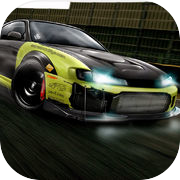








































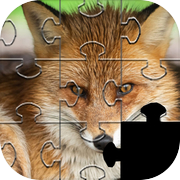

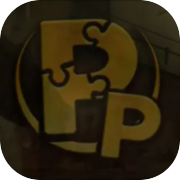



![[Premium] Knights of Grayfang](https://images.mvpgame-win.com/images/vyatqf4as34.png)

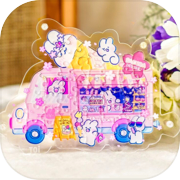

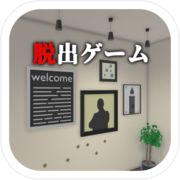
![[FUN Game]Heroes Of Mavia Arts](https://images.mvpgame-win.com/images/1hoytjwlhjn.png)


